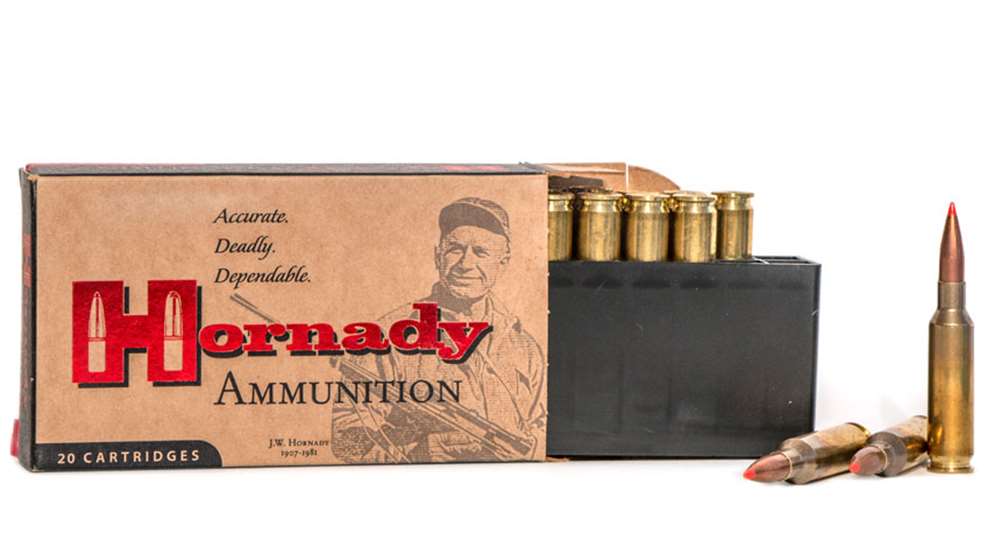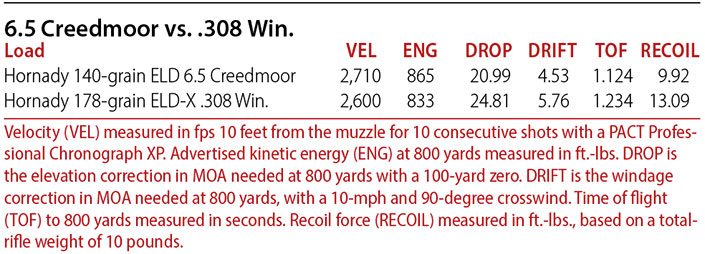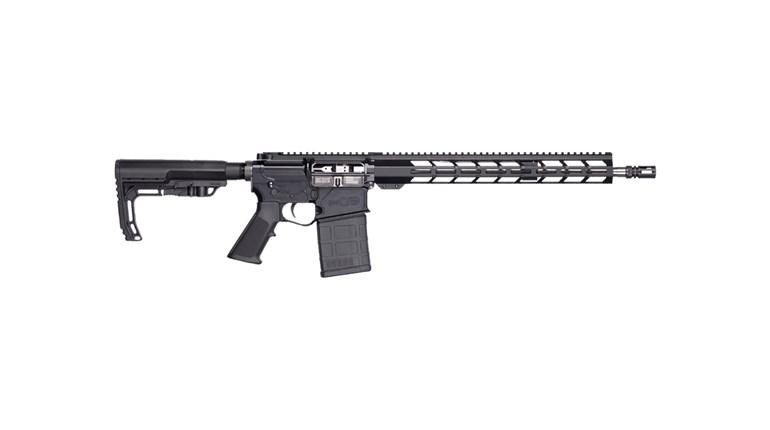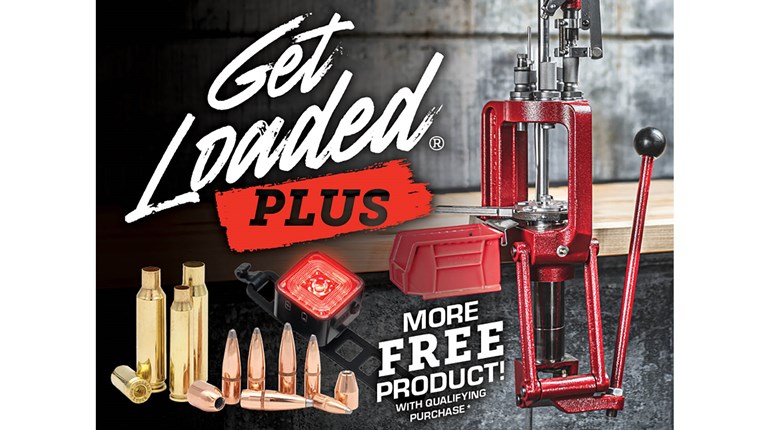
Initially loaded by Hornady, the 6.5 Creedmoor has become so popular, it is now available from most major ammunition manufacturers.
The reason for the immense and continual rising popularity of the 6.5 Creedmoor is crystal clear to some and completely baffles others. After all, a ballistic twin to the 6.5 Creedmoor has been around since 1894. Yes, you read that right, 18—as in old enough to join the Army, 18—94. For those who are mathematically challenged, that was 122 years ago. This means 6.5 Creedmoor ballistics were available when the .30-30 Win. was introduced and about a decade before the .30-’ 06 Sprg. existed.
So why all the fuss over the reinvention of a cartridge introduced the same year Confederate Civil War Gen. Jubal Early died? The answer is as simple as it is complicated. The 6.5 x 55 mm Swedish Mauser was jointly developed by Norway and Sweden and was adopted in 1894 as an official military chambering. As a side note, that one cartridge was the reason Norma was founded. No one in the United States knew anything about the 6.5x55 until after World War II when thousands of surplus rifles began to pour into North America. Those rifles and the cartridge became somewhat prevalent because of their low price, but few became infatuated with either. This was partly due to the fact that Americans could care less about a 6.5 mm cartridge and partly because it wasn’t until the 1990s that an American manufacturer began loading ammunition for it.
In the mid-1990s a company known as A-Square submitted specifications to SAAMI (Sporting Arms and Ammunition Institute) for a 6.5 mm cartridge based on the .308 Win. case, requesting it be named the 6.5-08. Shortly after, and with the support of the great gunwriter Jim Carmichael, Remington did the same, but requested it be named the .260 Rem. (Carmichael called his version the 6.5 Panther.) Loaded to mimic the ballistics of the then already 100-year-old 6.5x55 mm, the .260 Rem. had lots of appeal to NRA High Power shooters. This was partly because the overall length of the cartridge was 0.335 inch shorter, enough to allow it to fit in short-action boltguns—partly because, from an external-ballistics standpoint, .308 Win. trajectories and crosswind defiance could be matched with less recoil.

Here we arrive at the allure of 6.5 mm-rifle bullets. The ability for a particular cartridge to shoot flat is a result of its muzzle velocity and the aerodynamics of the bullet. Thirty-caliber bullets can be made to shoot just as flat as 6.5 mm bullets, but in order for this to be achieved, the bullet has to be quite long, and it has to be pushed to higher velocities than the .308 Win. is capable. This means longer, heavier bullets need a longer action, and it means recoil is increased. The hillbilly explanation is that 6.5 mm bullets offer the best balance of flat trajectory and tolerable recoil in sport-rifle cartridges, due to their high-ballistic coefficient (BC).
Where the .260 Rem. ran into problems was handling the lengthening and continuingly more-slender 6.5 mm bullets manufacturers were offering; bullets that had the high BCs that long-range shooters get week-kneed over. Loading these long bullets in the .260 Rem. pushes the limit on overall-cartridge length. The result is the cartridges may not fit in detachable- or even blind-box rifle magazines. Of course, you can seat the bullets deeper but this crowds powder capacity and, in some cases, pushes the ogive of the bullet below the end of the case neck.
Enter the 6.5 Creedmoor. This cartridge was introduced in 2008 and was the creation of Hornady Senior Ballistician Dave Emary and Creedmoor Sports General Manager Dennis Demille. The Creedmoor case has less body taper than the .260 Rem., it’s shorter and it has a 30-degree shoulder (as opposed to a 20-degree shoulder). The .260 Rem. has minutely more powder capacity, but is held to a SAAMI maximum-average pressure (MAP) of 60,000 psi as opposed to 62,000 psi for the Creedmoor. What this means is that for all practical purposes, the Creedmoor and .260 Rem. produce the same velocities. The Creedmoor is just built better to handle the high-BC bullets long-range shooters demand. You can load any 6.5-caliber bullet you could possibly want in the Creedmoor and it will fit in any short-action rifle or AR-10-size magazine.
To illustrate how this all sorts out downrange, we can compare Hornady’s flattest-shooting 6.5 Creedmoor load to its flattest-shooting .308 Win. load at 800 yards, using Hornady’s new 4 DOF ballistic calculator. The Creedmoor shoots flatter, hits harder, does not drift as much and kicks less. And that, my long-range-shooting nerds, is kind of a big deal.
Oh, and what is 4 DOF, you ask? Well, that’s another story altogether.







































